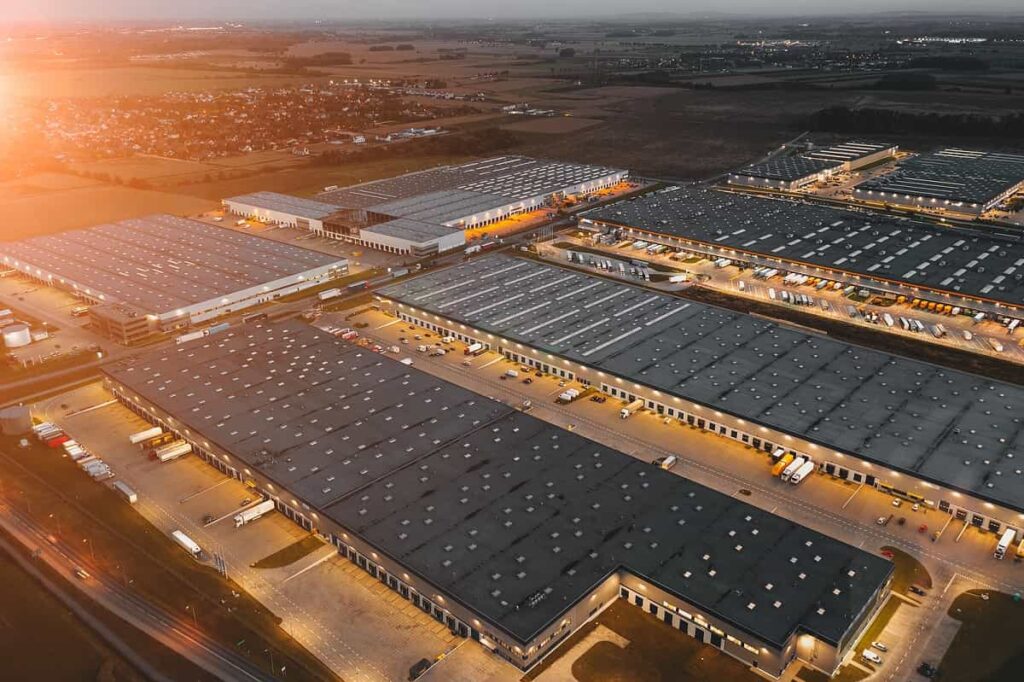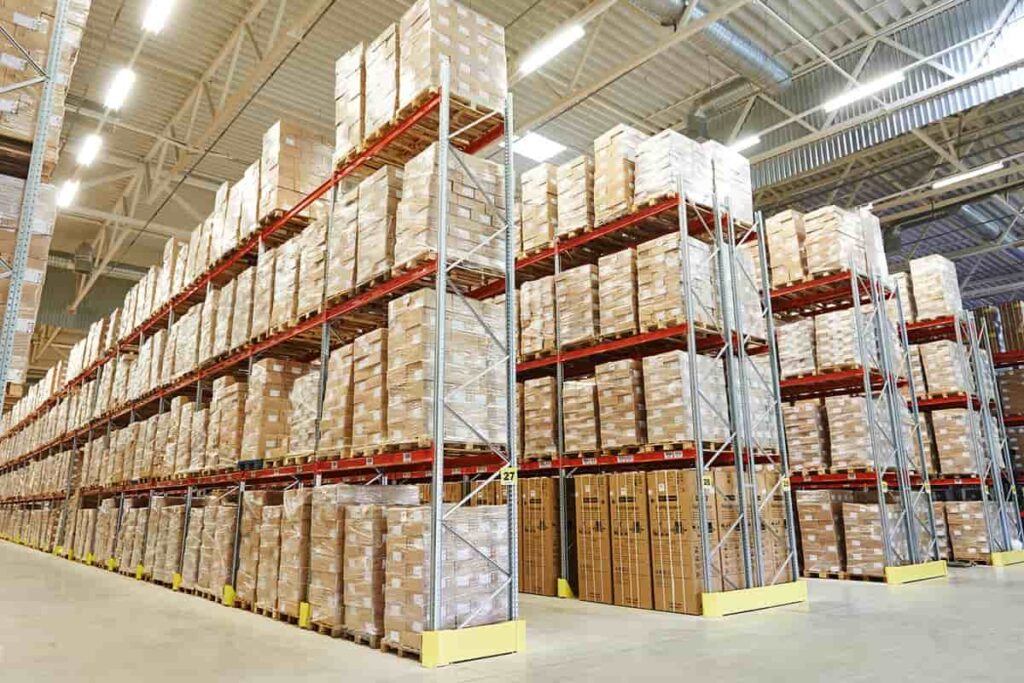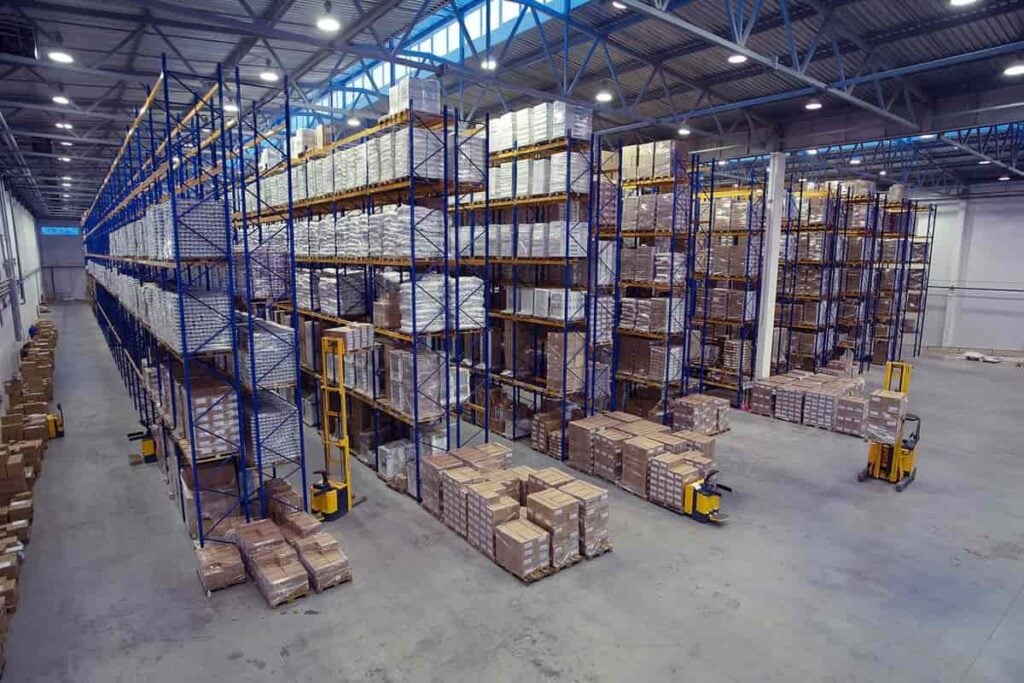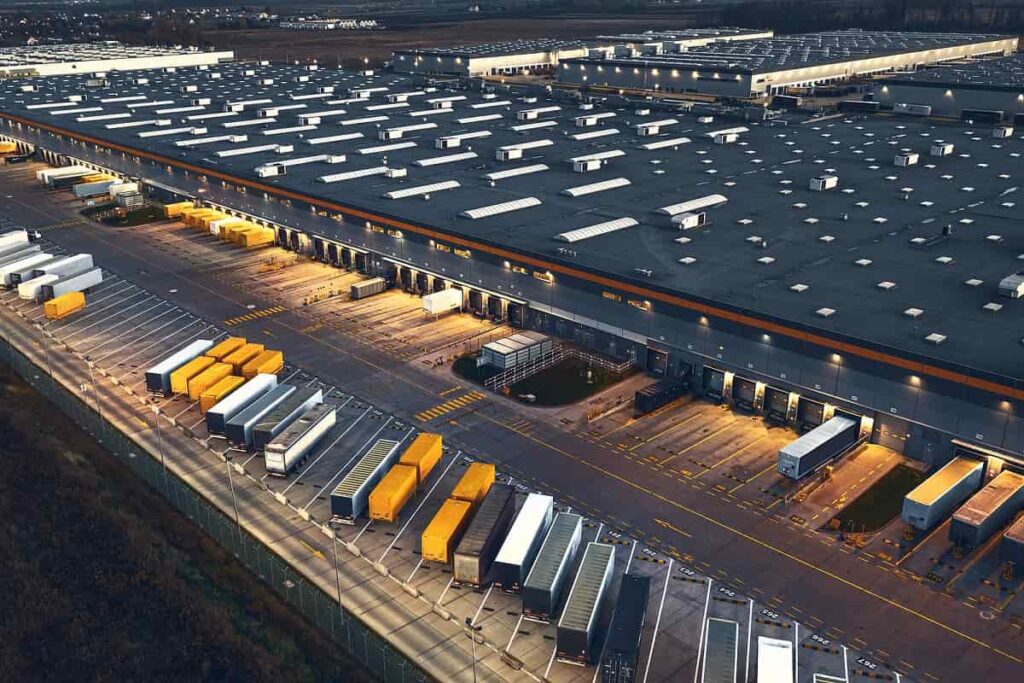Berkshire Grey Stock: A Good Warehouse Automation Stock?
Table of contents

The historic victory by union organizers in New York against Amazon brought two things to mind. First, you can pretty much convince anyone to vote for anything if you offer them free weed. Second, the move to unionize workers at an Amazon warehouse may actually accelerate the trend toward warehouse automation. Think about it: Robots can work 24 hours a day without a break and without demanding mandatory pee breaks. Over the last few years, we’ve covered a bunch of companies developing automation technologies for warehouse operations, especially with the rise of e-commerce. These warehouse robots can do everything from picking and sorting orders to moving and managing goods.
Amazon, of course, was at the forefront of warehouse automation when it acquired Kiva Systems 10 years ago for $775 million. Today, it has a reported 100,000 robotic systems in more than 25 fulfillment centers, which Amazon says has enabled it to increase human misery inventory storage capacity by 40%. But Amazon remains an outlier: More than 80% of warehouses remain stuck somewhere in the 19th century, while about 15% have adopted some form of mechanization. However, only about 5% reportedly use sophisticated technology such as machine learning and computer vision to power robotic automation.
Warehouse Automation Market Potential
That would lead us to assume that there’s a huge warehouse automation market at stake. Good assumption: In the short term, estimates range from $30 billion to nearly 70 billion in just the next few years. The numbers we’ve seen for total addressable market (TAM) are up into the $200 billion neighborhood. For example, companies spend an estimated $350 billion a year on warehousing, and labor consumes about 65% of all those costs. So one could replace the $230 billion spent on human labor with robots, according to one back-of-the-napkin calculation. Of course, that’s a big assumption. That highly automated and now unionized fulfillment center on Staten Island still employs more than 2,000 people. But you can see what kind of ballpark we’re playing in – and just how many players there are:

That’s a mind-boggling number of companies, but we’re focused on the pure-play public companies accessible to retail investors. We briefly took a position in Ocado Group (OCDO.L), a UK grocery retailer that had developed its own warehouse automation system and related technologies that it sells to other companies. At the end of the day, Ocado isn’t really a technology stock but a grocery chain, as more than 90% of its revenues come from peddling vegemite to pasty Brits. About the same time we dumped Ocado, AutoStore out of Norway came onto our radar while preparing for a traditional IPO and hauling in more than $300 million in 2021. But a legal wrangle between Ocado and AutoStore cooled our ardor for the whole theme.
That left us with a couple of startups taking the back door to the public markets through reverse mergers with special purpose acquisition companies (SPACs). We previously covered both companies – Symbotic and Berkshire Grey – but only the latter has managed to cross the finish line and recently reported its 2021 year-end results. Let’s see what came out in the wash.
How Has Berkshire Grey Stock Performed?
Sporting a name more appropriate for a high-end line of socks and underwear, Berkshire Grey (BGRY) completed its de-SPAC merger on July 21, 2021, and took home about $192 million from the deal – about half of what was originally promised. Institutional investors are allowed to pull out at the last minute, so obviously, a few decided to take their money and run. (These so-called redemptions have become regular occurrences as more people started jumping off the SPAC hype train in the second half of last year.) Since that fateful day, Berkshire Grey stock has lost 73% of its value, which is an order of magnitude greater than the Nasdaq (down about 7.78% during that time). The stock’s performance is bad even for a former SPAC, dropping nearly 60% since the beginning of the year against about 35% for PitchBook’s deSPAC Index.

The company did manage to grow revenue from $34.8 million in 2020 to $50.9 million in 2021 – just a little shy of the $59 million it promised in the shiny investor deck it rolled out about a year ago when love for SPACs was still in the air. Berkshire Grey is projecting 2022 revenue of about $90 million, which would fall about 25% short of the $119 million promised in the same shiny investor deck. On the flip side, losses nearly tripled to more than $153 million. While growth companies are expected to be in the red in order to grab market share, investors are becoming less tolerant of these massive losses, especially when connected to post-SPAC compensation packages. In the case of Berkshire Grey, the company doled out more than $43 million in stock-based compensation.
Revenue and Customer Concentration
And it’s not as if Berkshire Grey is dominating the market. The company’s current revenue is almost entirely dependent on existing customers, with expectations that a majority of its revenue will continue to come from a “limited number of significant customers in future years.” For example, last year the company announced $85 million in new orders, but 75% of that is from existing accounts in retail, e-commerce, grocery, and package handling.

Current significant customers include Target, TJX, and FDX, which comprised approximately 32%, 27%, and 14% of revenue in 2021. In other words, three customers account for almost three-quarters of all revenues. In 2020, Target accounted for about 70% of all revenue, while SoftBank Robotics (SoftBank Vision Fund is a majority investor at 29%) made up the other 30%. That sort of customer concentration is a real red flag.
The revenue is mostly coming from the sale of Berkshire Grey’s AI-enabled robotics and related solutions, which consist of a “network of automated machinery installed at the customer location and configured to meet specified performance requirements.” The company has continued to invest in R&D toward new products, such as an e-commerce order fulfillment AI robotics sorter that can increase throughput by up to 300% and accommodate up to nearly 100% of typical SKU assortments.
Should You Buy Berkshire Grey Stock?
We posed a similar question before the merger took place, and we’re more certain than ever that warehouse automation is a potentially worthwhile investment. It encompasses not just AI and robotics, but other enabling technologies like 5G and digital twins. There is a significant TAM at stake. And, as noted earlier, robots don’t unionize and they don’t smoke weed. But whether Berkshire Grey is the right answer to which warehouse automation stock to own is another matter.
The company’s growth strategy remains focused on the usual things like expanding existing customer relationships and marketing. Currently, revenue is primarily based on outright sales of its robotic systems, but those sorts of revenue are not predictable. Berkshire Grey is starting to pursue a model of robots as a service (RaaS), where customers are on a subscription-based plan with recurring revenues. The company is also trying to bolt on recurring revenues by expanding software capabilities and other value-added services for already-deployed systems.

There’s also the question of competition. That massive market map above would be enough to give anyone pause from attempting to start a warehouse automation business today. Among the current competitors already mentioned, both AutoStore and Symbotic appear to be much bigger players. The former grew revenue 80% to $328 million in 2021, and projected its 2022 revenue to be between $550 million and $600 million. The latter, while still a private company, recently released its Q1-2022 results showing about $77 million in revenue – nearly the grand total that Berkshire Grey projects for the year. Symbotic is also backed by the SoftBank Vision Fund and Walmart, which is installing Symbotic’s warehouse automation system in 25 of 42 regional distribution centers. Walmart was also connected to Berkshire Grey at one point, but it’s unclear if that relationship is still active.
Conclusion
The world’s largest retailer has apparently picked sides, but we’re not ready to make the same call until Symbotic has gone through the delousing de-SPACing process. Presumably, that will happen in the first half of the year and we’ll check back in sometime after that when we can review some proper SEC paperwork. Until then, we’ll continue keeping our eyes out for a suitable company to replace our current robotic ETF holding.
Sign up to our newsletter to get more of our great research delivered straight to your inbox!
Nanalyze Weekly includes useful insights written by our team of underpaid MBAs, research on new disruptive technology stocks flying under the radar, and summaries of our recent research. Always 100% free.















